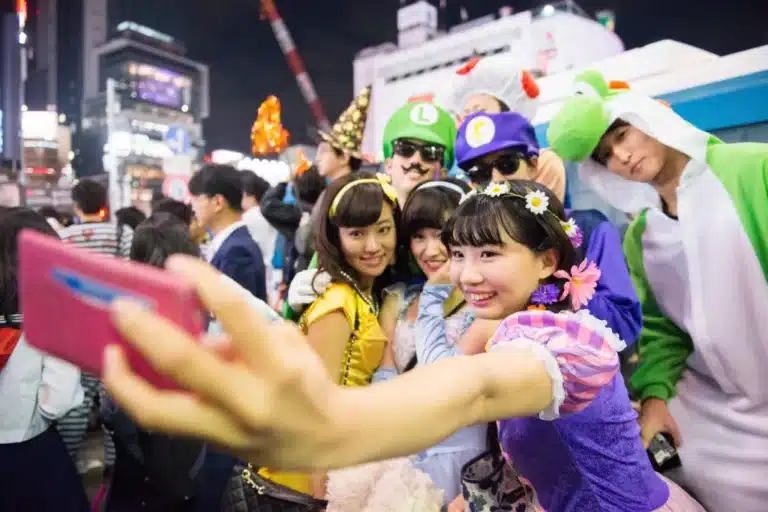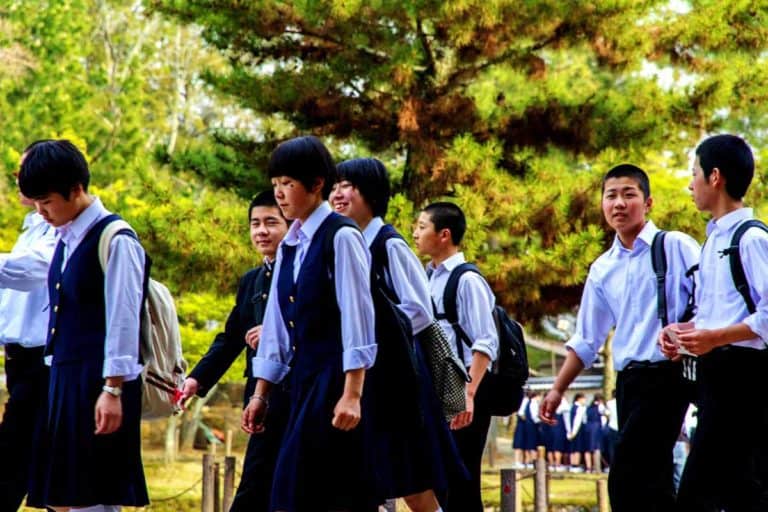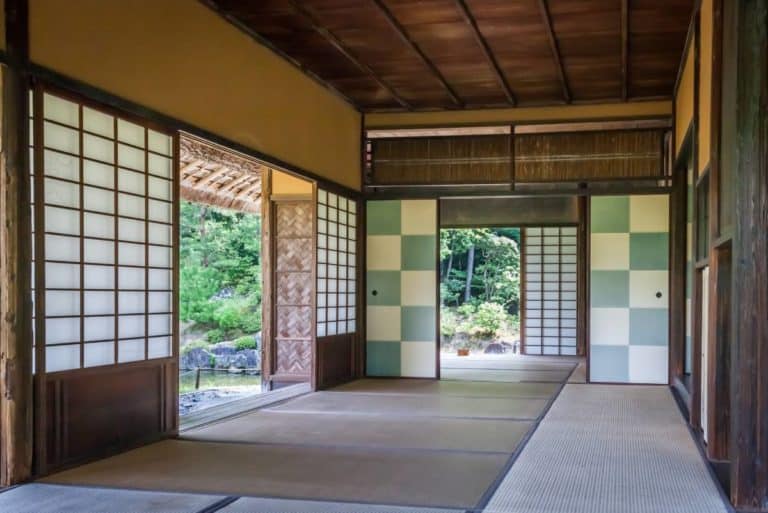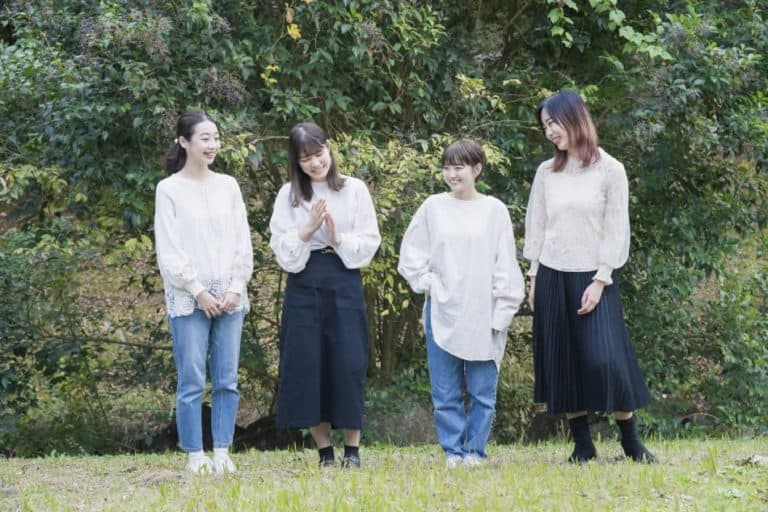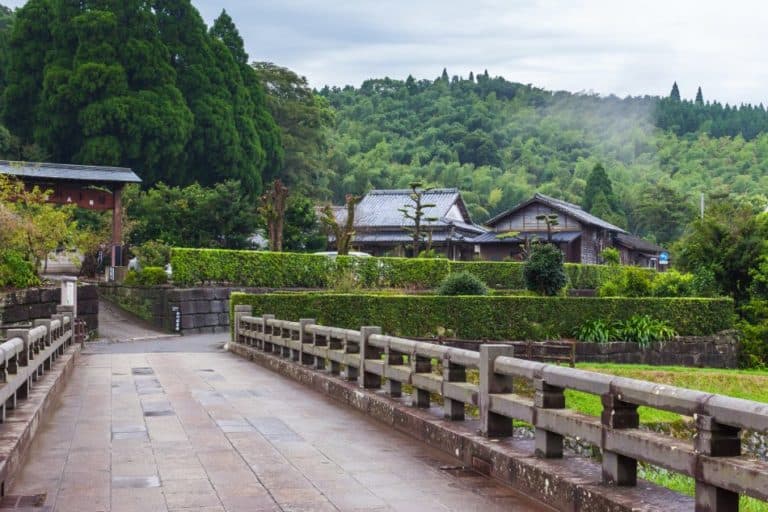How Is Kabuki Theater Performed?
Have you ever wondered how Kabuki theater is performed? Step into the world of this traditional Japanese art form and discover the intricate elements that bring it to life.
From the mesmerizing music of the Banda musicians to the captivating storytelling of Gidayu-bushi narration, each aspect plays a crucial role in the overall performance.
Join us as we delve into the secrets behind the Mawari-butai revolving stage, the comedic relief of Kyogen, and the skilled craftsmanship of the Katana-sashi stagehand.
Get ready to explore the captivating world of Kabuki theater.
Key Takeaways
- Banda musicians play traditional Japanese instruments and provide the musical backdrop for Kabuki theater performances.
- Gidayu-bushi, a form of traditional Japanese narrative singing, is accompanied by the shamisen and adapted to match the mood and pace of the play.
- The Mawari-butai revolving stage allows for seamless transitions dynamic movements, and enhances storytelling in Kabuki.
- Kabuki theater combines traditional elements like elaborate costumes and stylized makeup with innovative techniques such as special effects, ensuring its continued captivation of audiences.
The Role of Banda Musicians in Kabuki Theater Performance
Do you know how banda musicians contribute to Kabuki theater performances?
These skilled musicians play a vital role in creating the atmosphere and enhancing the emotions portrayed on stage.
As an audience member seeking freedom and immersion in Kabuki, it’s essential to understand the significance of banda musicians.
Their expertise in traditional Japanese instruments such as the shamisen, the fue, and the taiko drums provides a melodic backdrop for the actors’ performances.
Their rhythmic beats and haunting melodies guide the actors’ movements, adding depth and intensity to the scenes.
The banda musicians are an integral part of the Kabuki experience, weaving together music and theater to create a truly captivating performance that transports you to another era.
Gidayu-bushi Narration in Kabuki Theater Performance
You can appreciate the artistry of Gidayu-bushi narration in Kabuki theater performances by observing how the performers seamlessly blend storytelling and music.
Gidayu-bushi is a traditional Japanese narrative singing that accompanies Kabuki plays, adding depth and emotion to the performance.
The performers, known as gidayu-sha, use their voices to convey the characters’ thoughts, feelings, and actions, while the shamisen, a traditional three-stringed instrument, provides the musical accompaniment.
The gidayu-sha skillfully adapt their vocal techniques to match the mood and pace of the play, using different tones and rhythms to evoke various emotions.
This harmonious fusion of storytelling and music creates a captivating experience for the audience, transporting them into the world of the play.
Through Gidayu-bushi narration, the performers breathe life into the characters, allowing the audience to immerse themselves in the story being told entirely.
The Marwari-butai Revolving Stage in Kabuki Theater Performance
As you step into Kabuki theater, one of the fascinating aspects you’ll encounter is the Mawari-butai revolving stage.
This unique stage design allows for seamless transitions and dynamic movements, enhancing the storytelling experience for the actors and the audience.
It combines traditional techniques with innovative engineering, creating a mesmerizing spectacle that immerses you in the vibrant world of Kabuki.
Unique Stage Design
Take a moment to appreciate the intricate craftsmanship of the Mawari-butai revolving stage, which adds a captivating element to Kabuki theater performances.
This unique stage design, which can rotate and change scenery seamlessly, allows for a dynamic and fluid storytelling experience. As an audience member, you’re treated to a visual feast as the stage evolves before your eyes, transporting you to different locations and periods.
The Mawari-butai stage serves as a backdrop and becomes an integral part of the narrative, enhancing the overall storytelling experience. It allows for smooth transitions between scenes, creating a sense of continuity and keeping you engaged in the unfolding story.
With each turn of the stage, you become more immersed in the world of Kabuki theater, where the stage itself becomes a character, guiding the narrative and heightening the dramatic impact.
Enhances Storytelling Experience
By seamlessly rotating and changing scenery, the Mawari-butai revolving stage enhances the storytelling experience in Kabuki theater performances. This innovative stage design allows for a dynamic and fluid presentation, captivating the audience from start to finish.
Here are five reasons why the Mawari-butai stage is a game-changer in Kabuki theater:
- It creates a sense of continuity, smoothly transitioning between scenes and locations.
- The rotating stage adds a layer of surprise and excitement, keeping the audience engaged and on the edge of their seats.
- It enables seamless costume changes and prop transitions, contributing to the immersive experience.
- The revolving stage allows for intricate choreography and complex movements, showcasing the performers’ skills and agility.
- It enhances the visual storytelling, providing a visually stunning spectacle that complements the narrative.
Traditional and Innovative Techniques
You can appreciate the seamless integration of traditional and innovative techniques in Kabuki theater, such as the Mawari-butai revolving stage.
This stage, which rotates and transforms during the performance, allows for dynamic scene changes and creates a captivating visual experience for the audience.
In addition to the Mawari-butai, Kabuki theater also incorporates other traditional elements like elaborate costumes, stylized makeup, and exaggerated gestures, all of which contribute to the unique and enchanting atmosphere of the art form.
At the same time, Kabuki has embraced innovative techniques to stay relevant and appeal to modern audiences. This includes using special effects, such as trap doors and wirework, to create dramatic and breathtaking moments on stage.
The combination of tradition and innovation in Kabuki theater ensures that it continues to captivate and inspire both old and new audiences.
Now, let’s delve into another fascinating aspect of Kabuki theater: kyogen comic relief.
Kyogen Comic Relief in Kabuki Theater Performance
Do you enjoy the frequent bursts of lighthearted humor the kyogen comic relief provides in kabuki theater performances? If so, you’re in for a treat! Kyogen, a traditional form of Japanese comedy, is an integral part of kabuki theater.
Here are five reasons why Kyogen comic relief is a must-see:
- Kyogen provides a refreshing break from intense dramatic scenes.
- The witty dialogue and slapstick humor will leave you in stitches.
- These comedic interludes offer a glimpse into the daily lives of common people in feudal Japan.
- Kyogen actors showcase their incredible comedic timing and physicality.
- The clever wordplay and cleverly crafted jokes will keep you entertained throughout the performance.
Now, let’s move on to the next fascinating aspect of kabuki theater: the katana-sashi stagehand.
The Katana-sashi Stagehand in Kabuki Theater Performance
Watch closely as the katana-sashi stagehand swiftly maneuvers the props and scenery, adding an authentic touch to the kabuki theater performance.
This skilled individual is responsible for the seamless transition of weapons and other items on stage, ensuring that every movement is precise and impactful.
The katana-sashi stagehand’s expertise lies in their ability to handle various weapons with grace and precision, such as swords, spears, and bows.
They work harmoniously with the actors, enhancing the visual spectacle and creating a sense of realism. Their years of training and experience make them integral to the kabuki theater performance, bringing the audience into a world of tradition and freedom.
Speaking of tradition, let’s focus on the hashigakari bridge-way in kabuki theater performance.
The Hashigakari Bridge-way in Kabuki Theater Performance
As you watch a Kabuki theater performance, your attention is drawn to the Hashigakari, the raised bridge-way that connects the stage to the audience. This unique feature serves multiple roles, both practical and symbolic.
It allows actors to make grand entrances and exits. It represents a threshold between the real world and the theatrical realm, creating a powerful visual and emotional impact on the audience.
The techniques used on the Hashigakari, such as the intricate patterns and lighting effects, further enhance its significance and add depth to the overall performance.
Role of Bridge-way
You can’t fully appreciate the Kabuki theater performance without understanding the crucial role of the hashigakari bridge-way. This iconic feature of the stage isn’t just a mere physical structure but a symbol of transition and transformation.
Here are five reasons why the hashigakari bridge-way is essential in Kabuki theater:
- It connects the earthly and spiritual realms, allowing the actors to portray supernatural characters easily.
- The bridge-way creates a sense of anticipation and suspense as performers make their grand entrances, captivating the audience from the moment they step onto the stage.
- It provides a platform for dramatic and dynamic movements, adding to the visual spectacle of the performance.
- The hashigakari bridge-way symbolizes the characters’ journey, representing their path to enlightenment, redemption, or fulfillment.
- Through its use, the bridge-way allows for exploring themes such as life, death, and the transient nature of human existence.
Understanding the symbolic significance of the hashigakari bridge-way enhances your appreciation of the artistry and depth of Kabuki theater.
Symbolic Significance of Hashigakari
Take note of the five reasons why the hashigakari bridge-way holds symbolic significance in Kabuki theater, as they shed light on the depth and artistry of the performances.
Firstly, the hashigakari represents a liminal space, a bridge between the world of the audience and the world of the actors, inviting spectators to immerse themselves in the theatrical experience.
Secondly, it is a physical representation of the passage of time and the characters’ journey, allowing for seamless transitions, dramatic entrances, and exits.
Thirdly, the bridge-way symbolizes transformation, as actors cross it to assume new roles or personas.
Fourthly, it signifies a threshold between reality and illusion, blurring the boundaries and captivating the audience’s imagination.
Lastly, the hashigakari symbolizes freedom, as actors move gracefully and effortlessly across the stage, defying gravity and societal constraints.
Techniques Used on Bridge-Way
You can witness the seamless transitions, dramatic entrances, and exits achieved through the techniques used on the bridge-way in Kabuki theater performances.
The bridge way, known as ‘hashigakari’ in Japanese, is an integral part of Kabuki staging. It’s a raised platform that connects the main stage to the backstage area, allowing actors to make grand entrances and exits.
The techniques used on the bridge way include:
- Hanamichi: A runway extending into the audience, creating an immersive experience.
- Mawari-butai: A rotating stage that allows for quick scene changes.
- Yagura: A tower-like structure used for dramatic appearances and performances.
- Takemoto: A bridge that can be lowered or raised, adding suspense and surprise.
- Chunori: Flying techniques that enable actors to soar through the air.
Now, let’s delve into the specific contributions of each element to the mesmerizing world of Kabuki theater.
Contribution of Each Element to the Overall Kabuki Theater Performance
Watch how each element contributes to the overall Kabuki theater performance. Kabuki, a traditional form of Japanese theater, is known for its vibrant costumes, stylized gestures, and unique storytelling techniques.
To fully appreciate the artistry of Kabuki, it is essential to understand the role that each element plays in creating a captivating performance. Take a look at the table below to see how these elements come together:
| Element | Contribution to Performance |
|---|---|
| Costumes | Enhance character portrayal and add visual spectacle to the stage |
| Makeup | Help distinguish between different character types and emotions |
| Gestures | Convey meaning and emotions to the audience |
| Music | Set the mood and enhance the dramatic impact of the scenes |
| Set design | Create the world in which the story unfolds |
| Lighting | Highlight key moments and create visual effects |
Exploring Other Questions About Kabuki Theater
Have you considered the historical significance and cultural impact of Kabuki theater? This traditional Japanese art form has captivated audiences for centuries with its unique drama, music, and dance blend.
As you delve deeper into the world of Kabuki, you may find yourself pondering a multitude of questions.
What are the different types of Kabuki plays? How is Kabuki theater performed? What are the key elements of a Kabuki performance? How has Kabuki evolved? And finally, how has Kabuki influenced other forms of theater worldwide?
These questions serve as gateways to a deeper understanding of this vibrant art form, allowing you to unlock the secrets of Kabuki theater and explore its endless possibilities.
Frequently Asked Questions
What Are the Origins of Kabuki Theater and How Has It Evolved?
Kabuki theater originated in Japan and has evolved. Its origins can be traced back to the Edo period, and since then, it has undergone various changes in themes, techniques, and performance styles.
What Are the Different Types of Costumes and Makeup Used in Kabuki Theater, and What Do They Represent?
When it comes to the different types of costumes and makeup used in Kabuki theater, they play a vital role in representing various characters, emotions, and social statuses, adding depth and visual appeal to the performance.
Can You Explain the Significance of Kabuki Theater in Japanese Culture and Its Impact on the Performing Arts?
Kabuki theater holds great significance in Japanese culture and has profoundly impacted the performing arts. Its unique blend of drama, music, and dance captivates audiences, showcasing Japan’s rich history and traditions.
How Do Kabuki Actors Train and Prepare for Their Roles in a Performance?
Actors undergo rigorous training in movement, vocalization, and acting techniques to train for their roles in kabuki performances. They also study the history and traditions of kabuki, honing their skills to bring characters to life on stage.
Are There Any Famous Kabuki Actors or Performances That Have Gained International Recognition?
There are famous kabuki actors and performances that have gained international recognition. They showcase the unique artistry of kabuki theater, captivating audiences worldwide with their skill, passion, and cultural significance.
Conclusion
In conclusion, the intricate art of Kabuki theater is brought to life through the skilled performances of various elements. The Banda musicians set the mood with melodic compositions, while Gidayu-bushi narrators captivate the audience with their storytelling.
The Mawari-butai revolving stage adds dynamic movement to the scenes, and Kyogen offers comic relief. The Katana-sashi stagehand ensures seamless transitions, and the Hashigakari bridge-way connects the actors to the audience.
Each element contributes to the mesmerizing world of Kabuki theater. But have you ever wondered how these elements have evolved?

